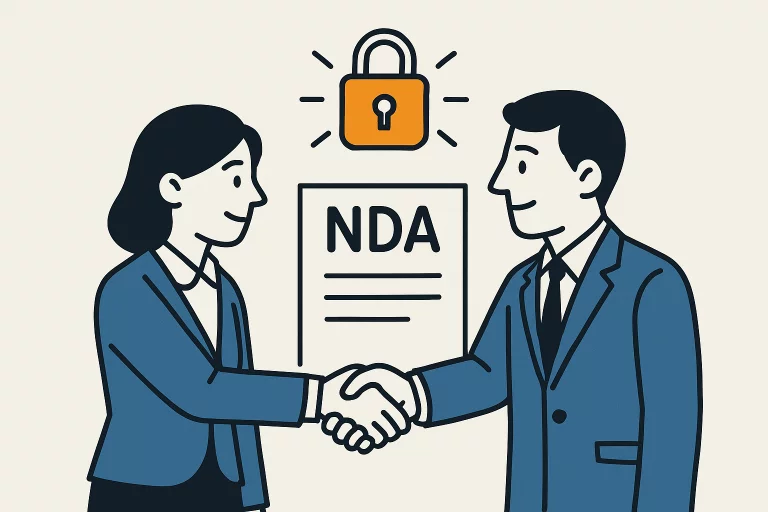
Protecting Intellectual Property in Collaborative Business Projects
Key Takeaways
- Collaborative business projects drive innovation but necessitate robust IP protection.
- Implementing NDAs, clear ownership agreements, and comprehensive security measures is essential for risk mitigation.
- Regular IP audits and a proactive partnership culture can help prevent disputes and protect valuable assets.
The Importance of Intellectual Property in Collaboration
Innovation is essential for business success in today’s competitive, tech-driven landscape. Organizations increasingly pursue collaborative projects, joint ventures, and strategic alliances to share resources and expertise. However, these collaborations pose significant risks to intellectual property (IP), often representing years of investment and a core competitive advantage. Mismanaged IP can lead to loss of exclusivity, financial harm, reputational damage, and legal disputes.
Proactively managing IP during collaborations is crucial for safeguarding these assets and ensuring all parties can innovate securely. A well-structured framework promotes mutual respect, minimizes disputes, and encourages fair benefit-sharing. At the outset, engaging experts, such as a Denver business attorney, helps navigate complex IP issues and create agreements that protect valuable intellectual assets. Clear ownership terms, confidentiality clauses, and usage rights should be addressed early to prevent future conflicts. These steps secure innovation and foster stronger, more transparent business relationships.
The Role of Non-Disclosure Agreements (NDAs)
A Non-Disclosure Agreement (NDA) is a crucial legal tool in collaborative business settings, protecting sensitive information by defining what is confidential and its permitted uses. Without an NDA, companies risk sharing proprietary information, like trade secrets or business strategies, that others could exploit. A well-crafted NDA outlines the scope of protected information, the reason for disclosure, the duration of obligations, and penalties for breaches. It’s essential to regularly revisit and customize NDAs to adapt to evolving partnerships, ensuring maximum protection. The effectiveness of an NDA relies on its clarity and enforceability, highlighting the need for legal expertise in its drafting.

Establishing Clear IP Ownership
Beyond confidentiality, clarifying who owns pre-existing and new intellectual property during a collaboration is vital. Clear IP agreements, negotiated before major work, help avoid disputes and set expectations. These should detail contributions, ownership, rights, licensing, and revenue sharing. In high-stakes projects, even minor ambiguities can cause legal conflicts. Agreements should be documented early and updated as the project progresses. Involving legal counsel from the start ensures clarity, comprehensiveness, and enforceability.
Implementing Effective Security Measures
While legal agreements are essential, protecting intellectual property (IP) in collaborations requires strong security measures and disciplined practices. Protecting sensitive information from breaches, leaks, or cyber threats is crucial. This can be achieved by limiting access, using encryption, and securely storing data.
Security involves more than just technology; it also encompasses transparent processes. This includes establishing protocols for information exchange, managing passwords and permissions, and outlining document retention policies. Regular training helps team members understand best practices and identify potential breaches.
Consider implementing tiered access, digital monitoring, and rapid response plans for sensitive projects. Adequate security requires clarity, consistency, and cooperation among team members. It is essential to communicate clear standards, expectations, and consequences during the onboarding process.
Conducting Regular Intellectual Property Audits
Just as financial audits safeguard a company’s earnings and balance sheet, intellectual property audits are vital for monitoring and protecting intangible assets during collaboration. These audits help organizations catalog patents, trademarks, copyrights, and trade secrets, ensuring they are protected and accounted for. They identify overlaps, redundant protections, and areas needing new filings to close gaps or address recent changes.
By tracking usage and ownership throughout a project, businesses can identify unauthorized use or disclosures early and take corrective actions. Audits facilitate IP valuation at various stages, supporting fairer negotiations if collaboration terms change.


Average Rating